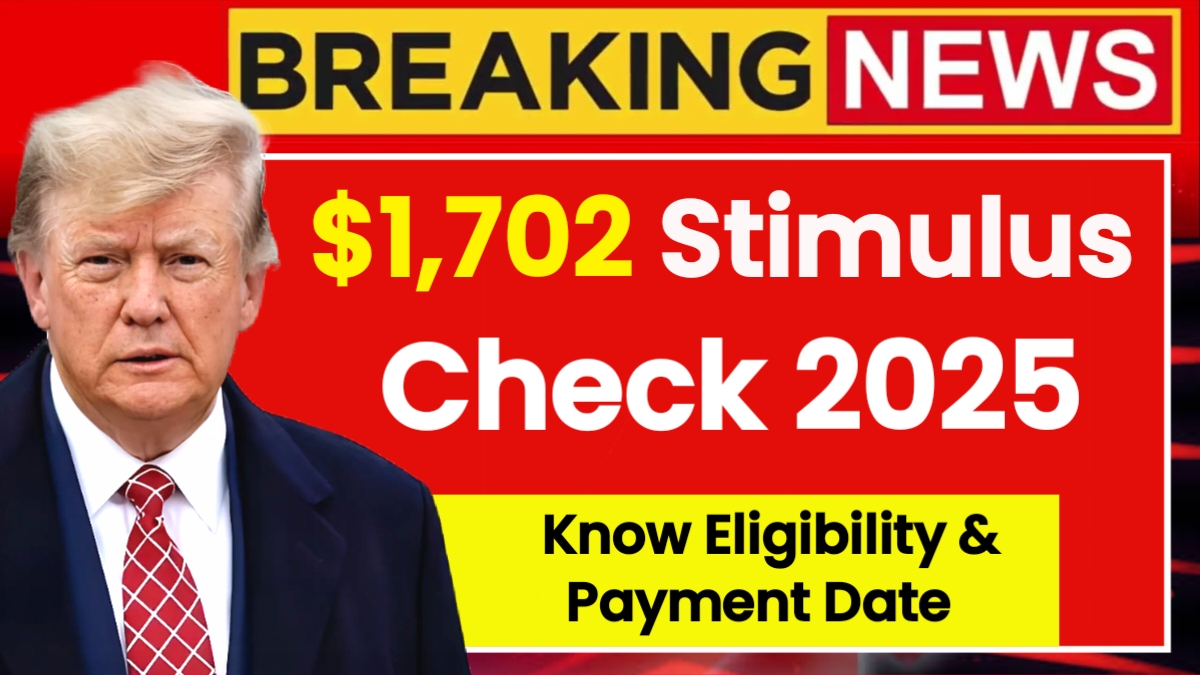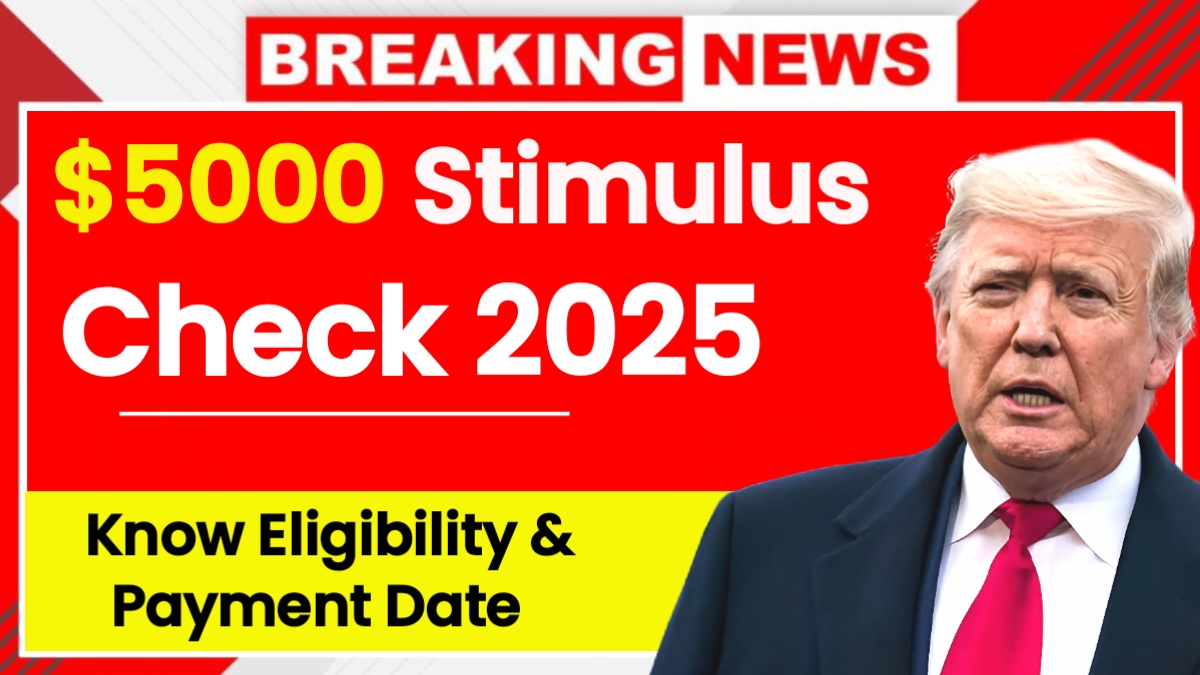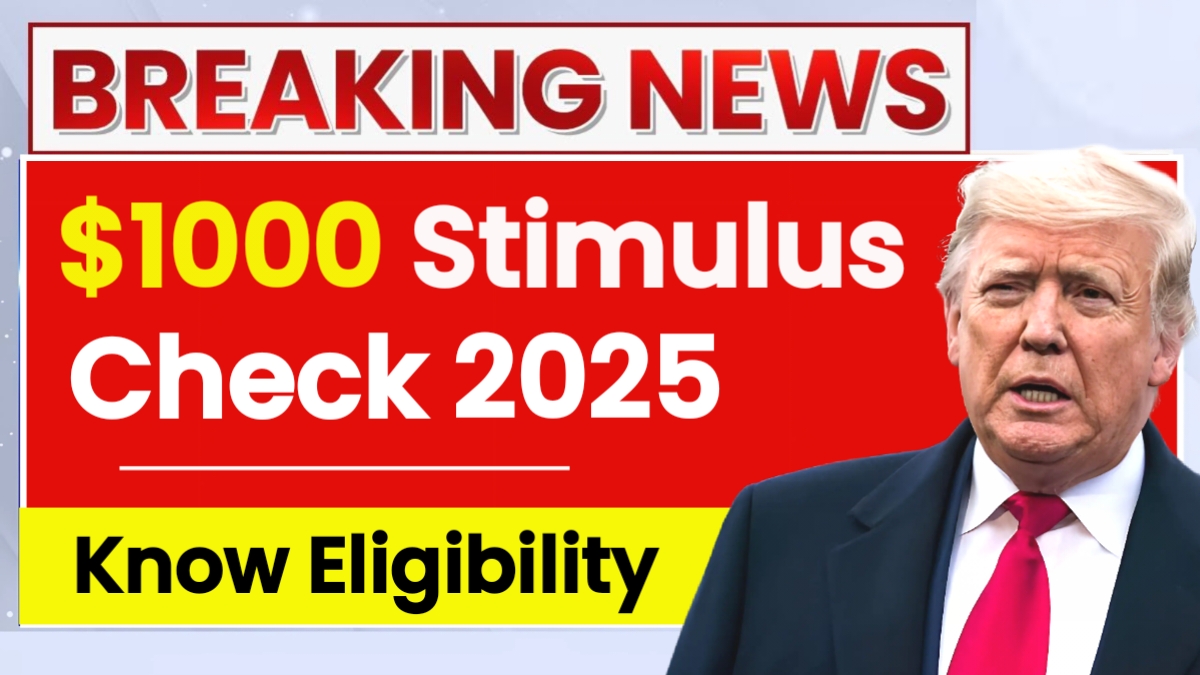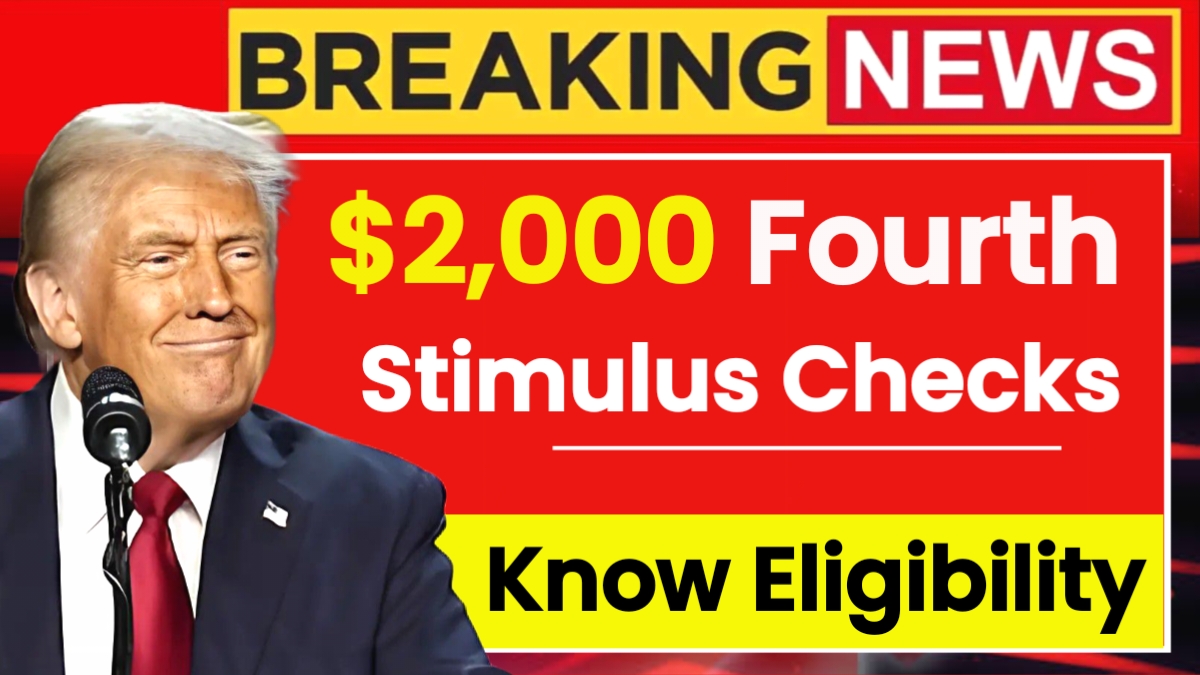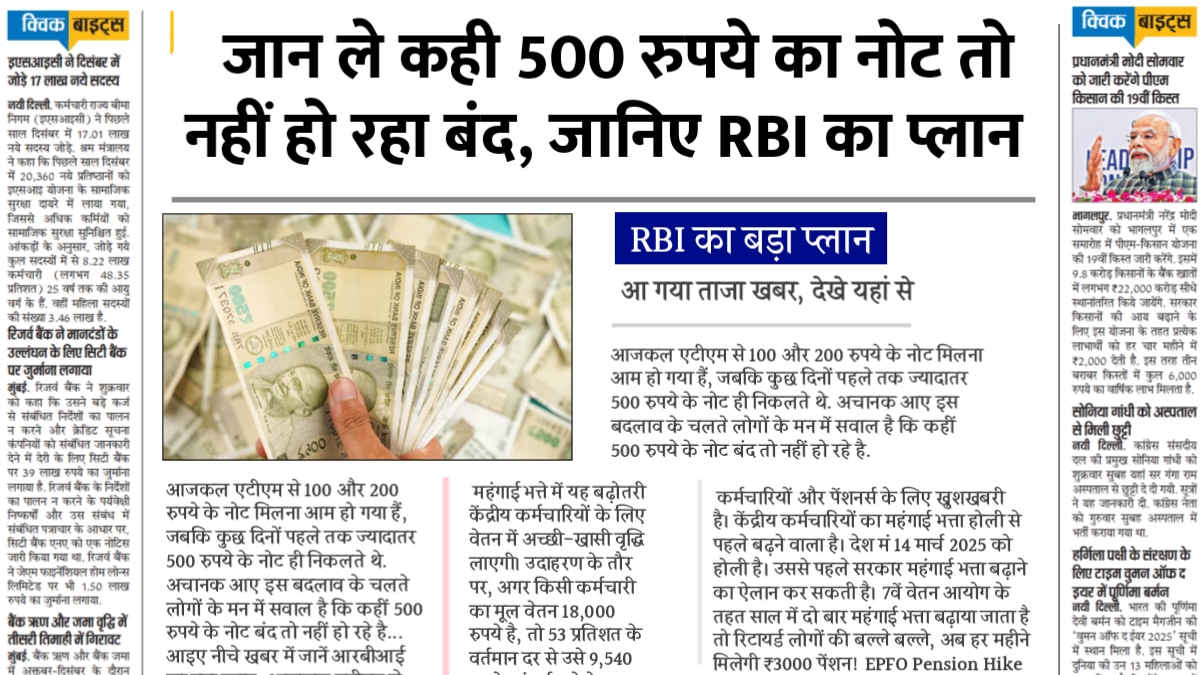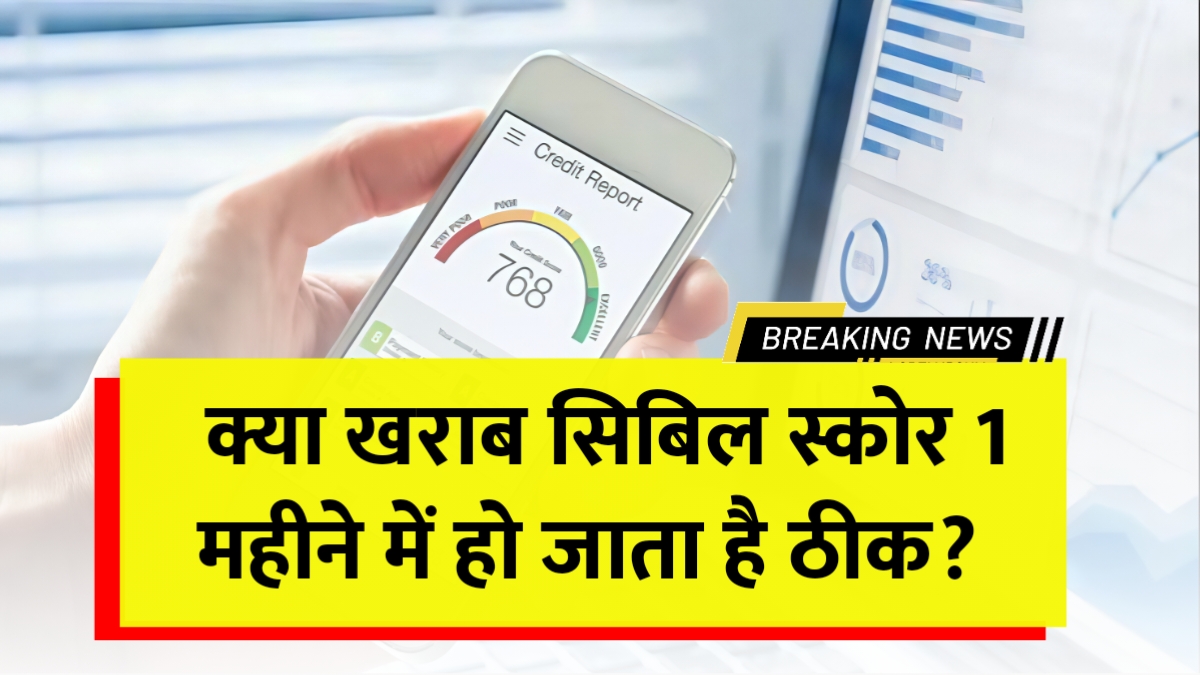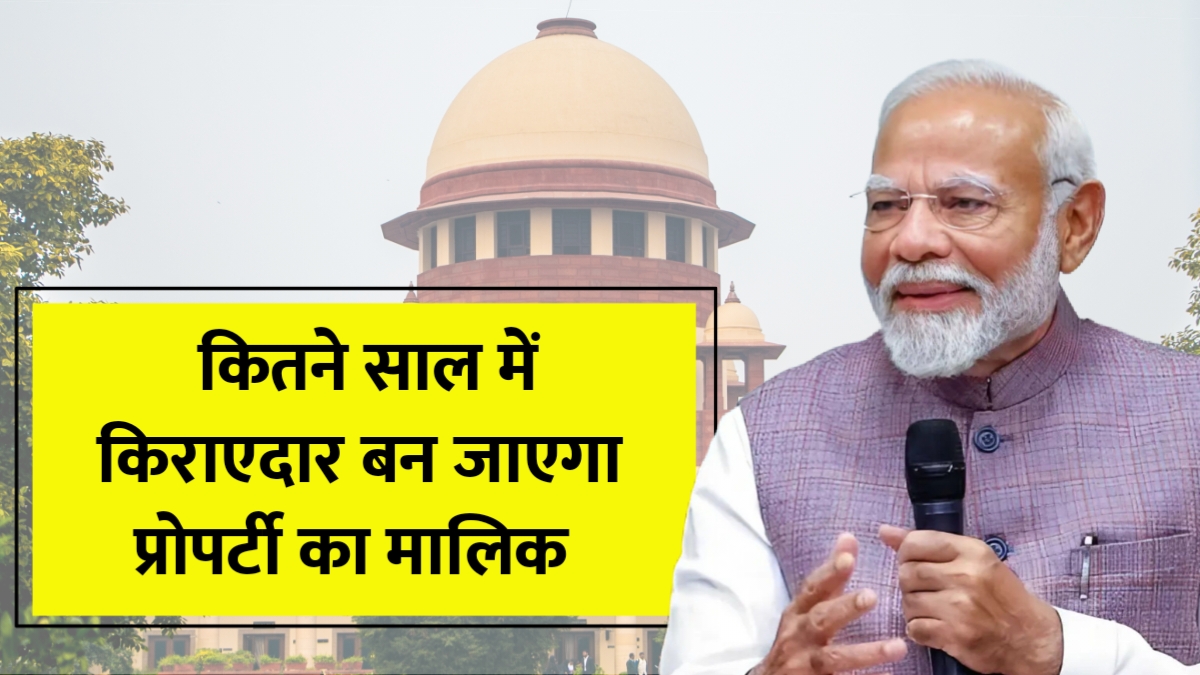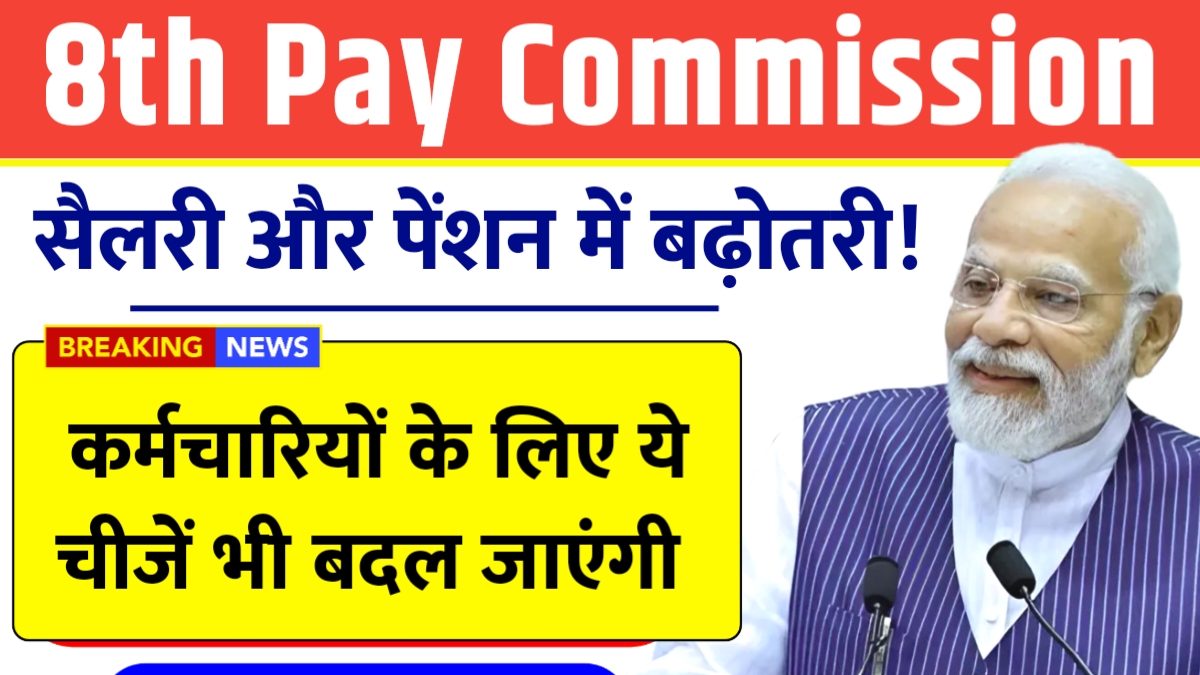$1,702 Stimulus Check in July 2025: The summer of 2025 brings promising news for millions of Americans struggling with economic challenges. The federal government has announced a new stimulus payment of $1,702 that will be distributed to eligible citizens starting in July 2025. This financial assistance comes as a response to ongoing inflation pressures, rising living costs, and economic hardships faced by families across the nation. The program specifically targets low-income individuals, senior citizens, and families who are experiencing financial strain. This direct payment represents the government’s continued commitment to supporting its citizens during challenging economic times.
Understanding the Purpose Behind This Stimulus Payment
The $1,702 stimulus check serves multiple important purposes in the current economic landscape. The primary goal is to provide immediate relief from the effects of rising inflation that has impacted everything from groceries to housing costs. The government recognizes that many Americans are struggling to keep up with increased expenses while their wages remain relatively stagnant. Additionally, this payment aims to support vulnerable populations including senior citizens and individuals with disabilities who often live on fixed incomes. The stimulus also serves to boost local economic activity by putting money directly into the hands of consumers who will spend it on essential goods and services.
Who Qualifies for the $1,702 Payment
Eligibility for this stimulus payment follows specific income and residency requirements established by the federal government. To qualify, individuals must be United States citizens or legal residents who have filed their 2024 tax returns. Single taxpayers with an annual income below $75,000 are eligible for the full payment amount. Married couples filing jointly must have a combined income under $150,000 to receive the payment. Head of household filers qualify if their income is less than $112,500 annually. Special provisions also exist for senior citizens receiving Social Security benefits, individuals receiving SSDI or SSI payments, and people with disabilities who may have limited income sources.
Application Process and Automatic Distribution
One of the most convenient aspects of this stimulus program is that most eligible recipients will not need to take any action to receive their payment. The Internal Revenue Service will automatically calculate and distribute payments to individuals who filed 2024 tax returns and meet the eligibility criteria. The IRS will use existing tax filing information and bank details to process direct deposits whenever possible. However, individuals who have not yet filed their 2024 tax returns must do so as soon as possible to be considered for the payment. Social Security, SSDI, and SSI beneficiaries will typically receive their payments automatically based on their existing benefit records with the government.
Payment Timeline and Distribution Methods
The distribution of $1,702 stimulus payments is expected to begin during the second week of July 2025. The IRS will prioritize payments to individuals who have provided banking information for direct deposit, as this method is both faster and more secure than other options. Those without direct deposit information on file will receive paper checks mailed to their last known address. In some cases, the government may issue prepaid debit cards as an alternative payment method. Recipients who choose direct deposit can expect to see their funds within a few business days of processing, while paper checks may take several weeks to arrive through the postal system.
Tax Implications and Record Keeping
An important benefit of this stimulus payment is that it will not be considered taxable income for recipients. This means that the $1,702 payment will not need to be reported on 2025 tax returns and will not increase an individual’s tax liability. The payment is classified as a tax credit advance rather than regular income, which protects recipients from having to pay taxes on the assistance they receive. However, recipients should keep records of their stimulus payment for their personal financial records. The IRS will send a notice to all recipients detailing when and how their payment was sent, which can serve as official documentation of the transaction.
What to Do If You Haven’t Received Previous Stimulus Payments
Individuals who missed previous stimulus payments issued in 2020, 2021, or 2022 may still be able to claim those amounts through the Recovery Rebate Credit process. This credit can be claimed when filing tax returns, even if the original stimulus payment was never received. However, eligibility for the new $1,702 payment is independent of previous stimulus payments. If someone qualifies for the July 2025 payment based on current criteria, they will receive it automatically regardless of their history with previous stimulus programs. Those who believe they are owed previous stimulus payments should consult with a tax professional or contact the IRS directly for guidance.
Keeping Your Information Updated
To ensure timely receipt of the stimulus payment, recipients must maintain current information with the IRS. Individuals who have recently changed their address or switched bank accounts should update their information through the IRS website or by filing updated tax forms. Failure to maintain current contact and banking information may result in delayed payments or payments sent to incorrect addresses. Those who have moved should also update their address with the postal service to ensure that any mailed payments or notices are properly forwarded. The IRS provides online tools and resources to help taxpayers update their information and track the status of their payments.
Economic Impact and Future Considerations
This $1,702 stimulus payment represents a significant investment in economic recovery and individual financial stability. The program acknowledges the ongoing challenges faced by American families dealing with inflation, unemployment, and rising costs of essential services like healthcare and housing. By providing direct financial assistance, the government aims to stimulate consumer spending and support local businesses that depend on customer purchases. The success of this program may influence future economic relief efforts and demonstrate the government’s continued commitment to supporting its citizens during difficult economic periods. Recipients are encouraged to use these funds responsibly to address their most pressing financial needs.
Disclaimer
This article is based on publicly available information about the proposed $1,702 stimulus payment. Government programs and eligibility requirements may change without notice. Readers should verify all information with official government sources such as the IRS website or consult with qualified tax professionals before making financial decisions. This article is for informational purposes only and should not be considered as official government communication or tax advice.
